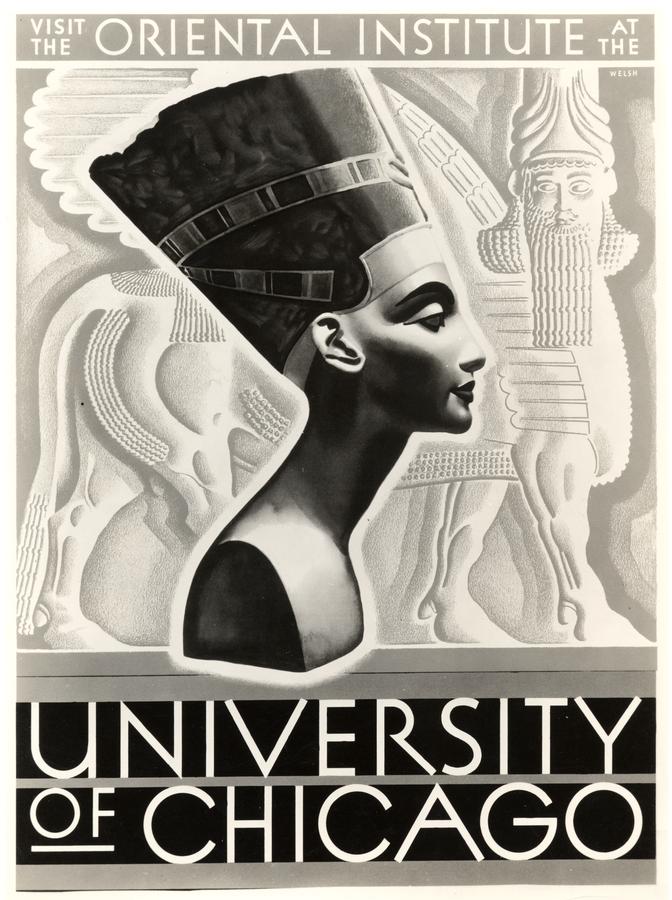The Persepolis Fortification Archive Project is a recently established project at the Oriental Institute.
In 1933, Oriental Institute archaeologists working at Persepolis, clearing the ruined palaces of Kings Darius, Xerxes, and their Achaemenid Persian successors, found clay tablets in two small rooms of a bastion in the fortification wall at the edge of the great stone terrace.
Most of the Fortification tablets came to the Oriental Institute in 1936, on loan for study and analysis. The results of long, painstaking work—especially the late Richard T. Hallock’s magisterial analysis of 2,087 Elamite texts—were far-reaching. Individually, the documents are mere records of storage and outlays of food, but as a whole, the Persepolis Fortification Archive shows a broader spectrum of Achaemenid Iranian society than any other source, from the lowliest workers to the king’s own family. The PFA has fundamentally changed every aspect of the study of Achaemenid Iranian languages, art, institutions and history.
The Persepolis Fortification Archive Project is a new phase in recording and distributing the information that brings about these changes, using electronic equipment and media alongside the conventional tool-kits of philology and scholarship.
The public face of the Persepolis Fortification Archive Project, and the news generated by the project an the legal controversy surrounding it, is documented in the Persepolis Fortification Archive Project blog, which operates under the official auspices of the project and of the Oriental Institute. Founded in October 2006, the Persepolis Fortification Archive Project blog is, as far as I know, the first use of a weblog at the Oriental Institute.
Subscribe to:
Post Comments (Atom)





 Stumble It!
Stumble It!


No comments:
Post a Comment